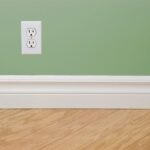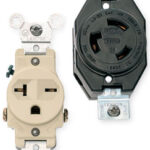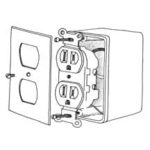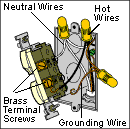Learn how many outlets you can safely put on a 20-amp circuit, understand the 80% rule, and get essential safety tips for your home’s electrical system.
If you’re wondering how many outlets you can put on a 20-amp circuit, you’re probably doing some electrical remodeling or trying to eliminate troublesome electrical overloads that cause circuit breakers to kick-out and can even cause fires.
In this article, we look at the number of outlets that can be installed on a 20-amp circuit. For outlets on conventional 15-amp circuits, see the article How Many Outlets Can You Safely Install on a 15-Amp Circuit?
How are 15-amp and 20-amp circuits different? Standard 15-amp circuits are used in bedrooms, living rooms, and similar spaces. Heavier-duty 20-amp circuits are commonly found in kitchens, bathrooms, and other areas where appliances with higher power demands (like hair dryers and toasters) are used. Because 20-amp circuits carry more electricity, making smart decisions about how many outlets you can safely install on a given circuit is very important.
The National Electrical Code (NEC) and Circuit Capacity
The National Electrical Code (NEC) is the gold standard for electrical safety in the United States. While it doesn’t explicitly state a maximum number of outlets for a 20-amp circuit, it does provide guidelines to ensure electrical circuits aren’t overloaded.
The NEC’s emphasis is on calculating the total load of connected devices and making sure this doesn’t exceed the circuit’s capacity. It’s crucial to understand that the NEC doesn’t limit the number of outlets; rather, it focuses on the total power draw from all devices connected to the circuit.
Watts and Amps: Understanding the Relationship
To understand circuit capacity and the power draw of devices, it’s essential to grasp the relationship between watts and amps. Here’s a simplified explanation:
- Amps (A): This measures the flow of electrical current, similar to how gallons per minute measure the flow of water through a hose. A 20-amp circuit can handle a maximum current of 20 amps.
- Watts (W): This measures electrical power, or how much energy a device consumes. To calculate watts, you multiply amps by volts (the electrical pressure). In most homes, the voltage is 120 volts.
For example, a 1500-watt hair dryer on a 120-volt circuit would draw 12.5 amps (1500 watts / 120 volts).
The 80% Rule: A Practical Guideline
The 80% rule is a widely accepted safety guideline that aligns with NEC principles. It recommends using no more than 80% of a circuit’s capacity for continuous loads. For a 20-amp circuit, this translates to a safe operating load of 16 amps (20 amps x 0.80).
Real-World Considerations: It’s Not Just About the Numbers
While the 80% rule provides a helpful guideline, real-world scenarios often require more nuanced considerations:
- High-wattage appliances: 20-amp circuits are frequently used for appliances with higher power demands, such as refrigerators, microwaves, and hair dryers. Plugging multiple high-wattage appliances into the same circuit could easily exceed the safe load of a circuit, even if it has fewer outlets.
- Simultaneous usage: Think about how many devices you’re likely to use simultaneously on the circuit. Even low-wattage devices can add up and overload a circuit if used concurrently.
- Future needs: It’s wise to leave some room for future appliances or devices you might add. Overloading a circuit can lead to tripped breakers and potential safety hazards.
Continuous vs. Non-Continuous Loads
The NEC also differentiates between continuous and non-continuous loads. Continuous loads, such as a space heater running for hours, are limited to 1250 watts on a 20-amp circuit due to heat buildup over time. Non-continuous loads, like a toaster that’s used briefly, can utilize the full 1920-watt capacity of the circuit.
FAQs About 20-Amp Circuits
- Can I add more outlets to an existing 20-amp circuit? Yes, but you need to carefully consider the total amperage draw of all connected devices and make sure it doesn’t exceed the 80% rule guideline.
- What happens if I overload a 20-amp circuit? The circuit breaker will trip, shutting off power to that circuit. This is a safety mechanism to prevent overheating and potential fire hazards.
- Do I need special outlets for a 20-amp circuit? While you can use standard 15-amp outlets, it’s recommended to use 20-amp outlets, especially for high-wattage appliances.
- How do I know if a circuit is overloaded? Signs include flickering lights, a burning smell, warm outlets or switch plates, and frequently tripped breakers.
Key Takeaways
- The number of outlets on a 20-amp circuit is not fixed but depends on various factors like appliance wattage and usage patterns.
- The NEC and the 80% rule provide guidelines for safe electrical practices.
- Consulting an electrician is the best way to determine the optimal number of outlets for your specific needs and to ensure your electrical system is safe and compliant.



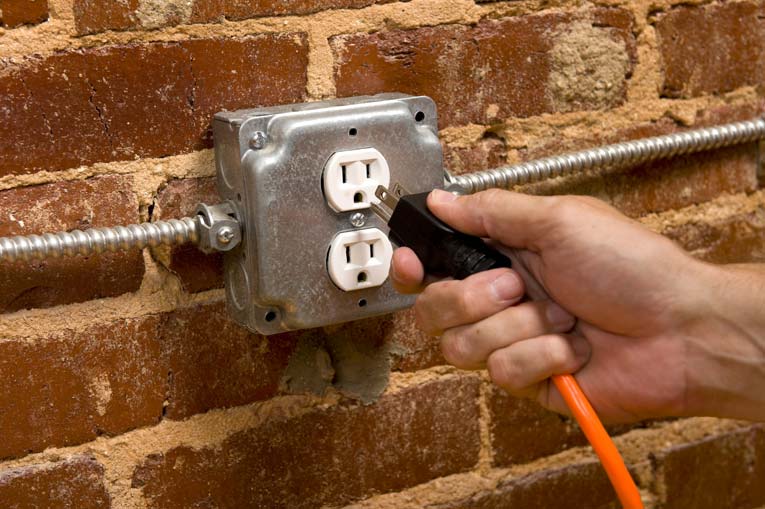
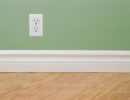
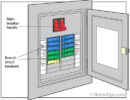


 Don Vandervort writes or edits every article at HomeTips. Don has:
Don Vandervort writes or edits every article at HomeTips. Don has:
